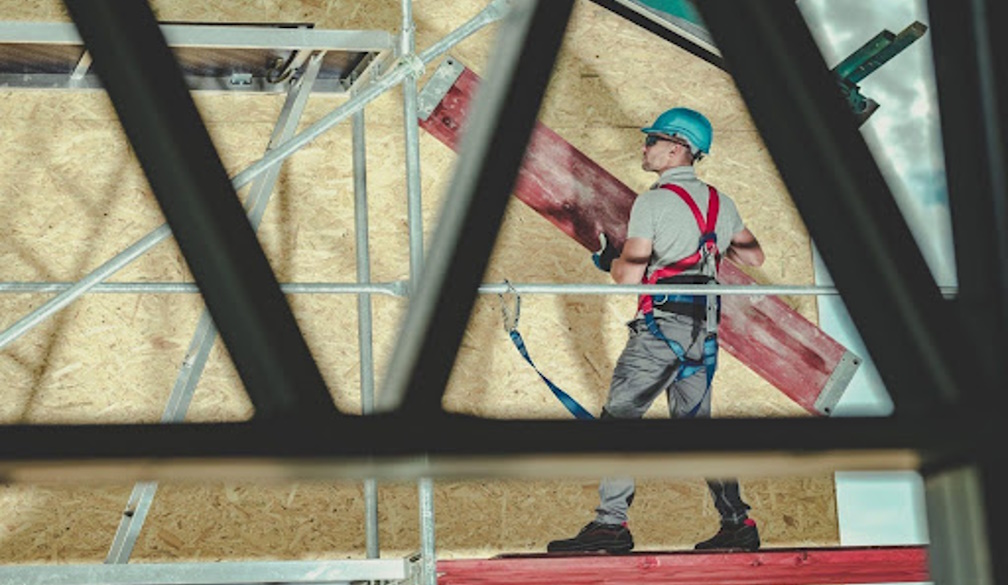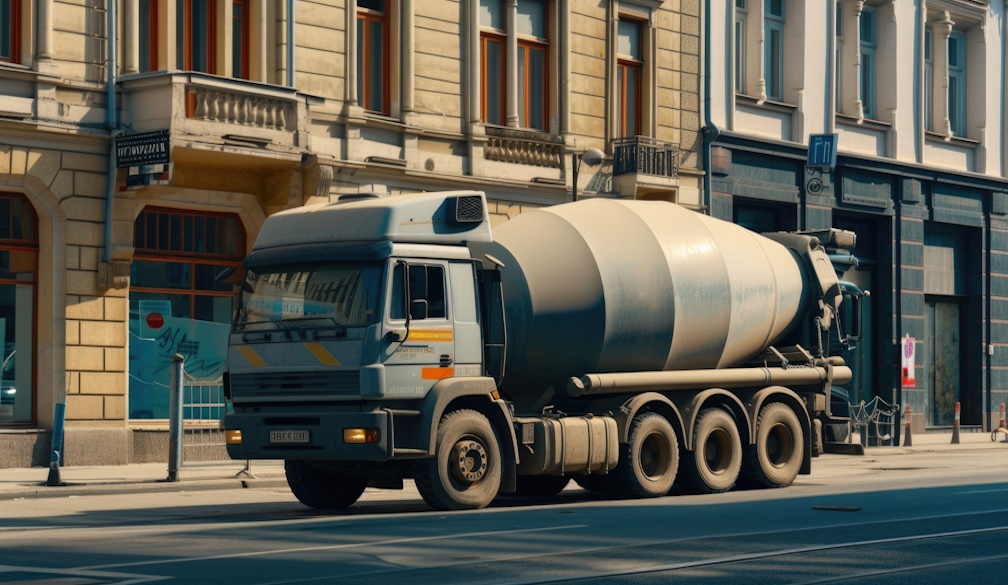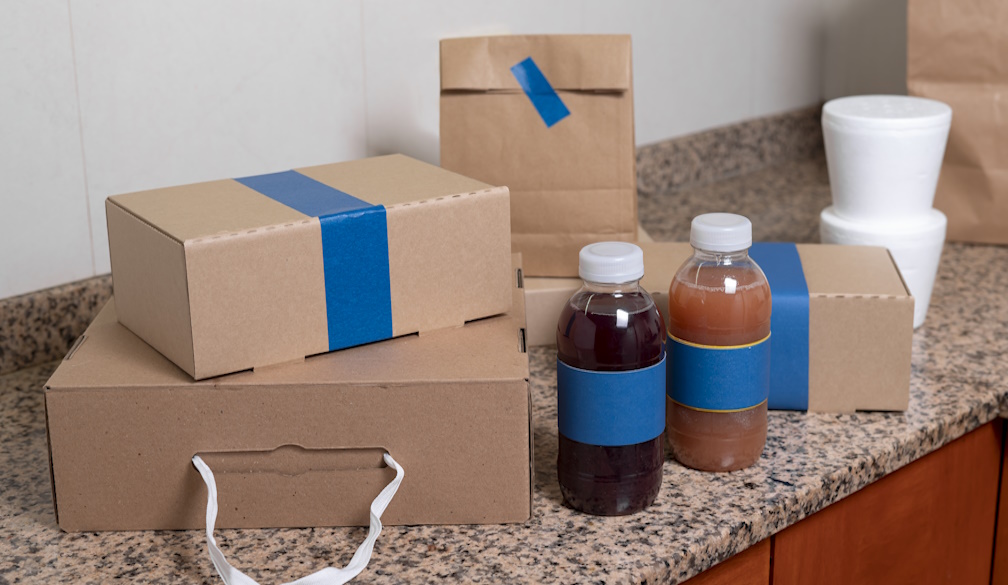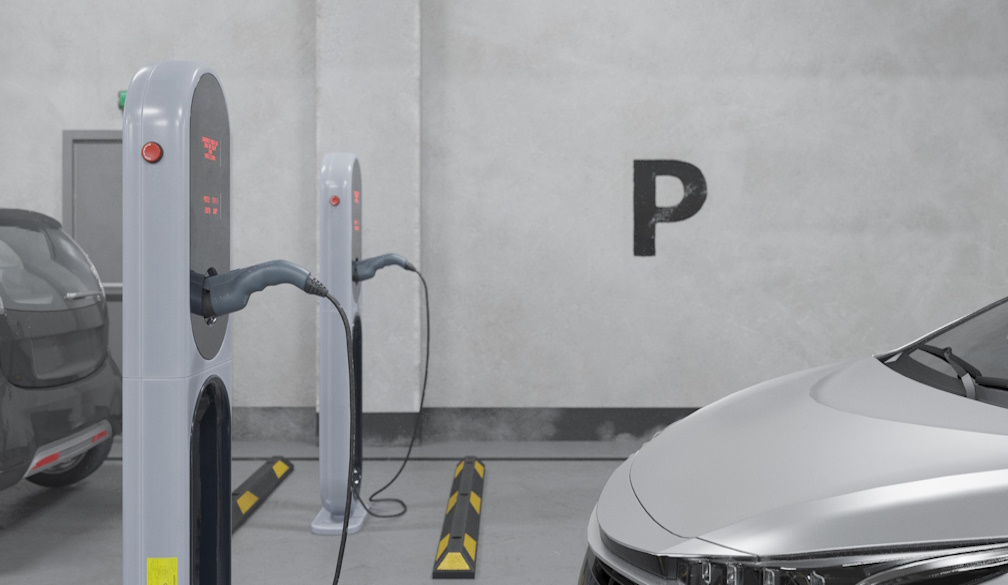Essential Equipment for Scaffolding Work

Scaffolding is a critical component in construction, maintenance, and roofing work. It provides workers with a stable platform to perform tasks safely at height.
However, using scaffolding without the right equipment can lead to serious accidents.
Having the correct tools and safety gear is essential to ensure stability, efficiency, and compliance with safety standards.
This guide covers all the essential equipment for scaffolding work, including structural components, safety gear, and must-have tools.
Scaffolding Structure Components
Scaffold Frames and Platforms
The scaffold frame is the backbone of the entire setup. Depending on the type of scaffolding being used, different frames and platforms are required:
- Steel or Aluminium Frames – Provide structural support and stability.
- Modular Scaffolding Systems – Pre-fabricated frames that connect easily for quick assembly.
- Scaffold Boards and Decking – Platforms where workers stand; made of wood, steel, or aluminium.
- Adjustable Base Plates and Screw Jacks – Allow scaffolding to be levelled on uneven surfaces.
Bracing and Stability Supports
To ensure scaffolding remains secure and doesn’t wobble, additional stabilisation equipment is used:
- Diagonal Braces – Strengthen the scaffold structure by reducing lateral movement.
- Tie-Off Points – Secure the scaffold to a building or structure to prevent tipping.
- Outriggers – Extend outward from the scaffold base for additional stability.
- Scaffold Clamps and Couplers – Connect different sections of the scaffold securely.
Access and Mobility Components
- Ladders and Stair Systems – Provide safe access to different levels of the scaffold.
- Guardrails and Midrails – Prevent falls from open edges.
- Toeboards – Prevent tools and materials from falling off platforms.
- Rolling Castors – Allow scaffolding to be moved easily on flat surfaces.
Personal Protective Equipment (PPE) for Scaffolding
Fall Protection Gear
Working on scaffolding at height comes with serious risks, making fall protection essential. Equipment like harnesses, lifelines, and anchor systems provide the necessary safety measures to reduce the chances of injury. Using the right scaffolding fall protection equipment ensures workers stay secure while performing tasks at height.
Working on scaffolding at height requires proper fall protection to prevent serious injuries.
- Full-Body Harness – Essential for workers operating on scaffolding above a certain height.
- Self-Retracting Lifeline (SRL) – Automatically locks in case of a fall, preventing serious injury.
- Shock-Absorbing Lanyard – Reduces the impact force if a fall occurs.
- Anchor Points and Lifelines – Secure attachment points for harnesses.
Head, Eye, and Hand Protection
Falling debris, tools, and other hazards make PPE a necessity.
- Hard Hat – Protects workers from falling objects and impacts.
- Safety Glasses or Goggles – Shields the eyes from dust, debris, and flying particles.
- Heavy-Duty Work Gloves – Provide grip and protect hands from sharp edges and rough surfaces.
Footwear and Clothing
- Slip-Resistant Safety Boots – Ensure grip on scaffolding planks and prevent slips.
- High-Visibility Clothing – Keeps workers easily identifiable on busy sites.
Tools and Equipment for Scaffolding Work
Assembly and Dismantling Tools
Setting up and taking down scaffolding requires specialised tools.
- Scaffold Wrenches – Used to tighten and secure clamps and couplers.
- Ratchet Spanners – Designed for scaffolding bolts to ensure proper tightening.
- Leveling Tools (Spirit Level) – Ensures scaffolding is set up straight and even.
- Hammer and Mallet – Helps with assembling and disassembling scaffold components.
- Safety Lanyards for Tools – Prevents tools from being dropped from heights.
Load Lifting and Hoisting Equipment
Lifting materials and tools onto scaffolding requires safe handling solutions.
- Rope and Pulley System – Used for hoisting materials without needing to climb with them.
- Bucket Hoists and Tool Lifts – Securely transport tools and materials to higher levels.
- Scaffold Winches – Provide mechanical lifting power for heavy loads.
Safety Accessories for Secure Scaffolding Work
Weather Protection and Safety Nets
Exposure to wind, rain, and falling objects requires extra safety measures.
- Debris Netting – Prevents tools, materials, or debris from falling off scaffolding.
- Weather Tarps and Canopies – Protect workers from extreme sun, rain, and wind.
- Scaffold Sheeting – Encloses scaffolding to keep out dust and reduce wind hazards.
Edge and Perimeter Safety Measures
- Temporary Fencing – Prevents unauthorised access to scaffolding areas.
- Access Gates and Entry Controls – Restrict access to trained personnel only.
- Scaffold Inspection Tags – Display the last inspection date and scaffold safety status.
Inspection and Maintenance of Scaffolding Equipment
Even the best scaffolding equipment requires regular inspection to ensure continued safety.
- Pre-Use Checks – Inspect scaffolding for damage, loose fittings, or missing parts before work begins.
- Routine Inspections – Conducted weekly or after extreme weather conditions.
- Load Limits and Weight Capacity Checks – Ensure the scaffold isn’t overloaded.
- Replacing Worn-Out Parts – Rusted, cracked, or damaged components should be replaced immediately.
Legal Regulations and Compliance for Scaffolding
Scaffolding must comply with Australian Work Health and Safety (WHS) Regulations and AS/NZS 1576 Standards. Compliance requirements include:
- Proper scaffold erection and dismantling procedures.
- Use of certified fall protection equipment.
- Regular inspections by qualified personnel.
- Height safety training for all workers operating on scaffolding.
Failure to follow scaffolding regulations can result in serious accidents, legal consequences, and hefty fines.
Conclusion
Scaffolding work requires more than just assembling a platform. It demands proper structural components, personal protective gear, essential tools, and compliance with safety standards.
By investing in high-quality scaffolding equipment and following safety protocols, workers can ensure efficiency and security at elevated worksites. Whether on a large-scale construction project or a small maintenance job, having the right equipment makes all the difference.













